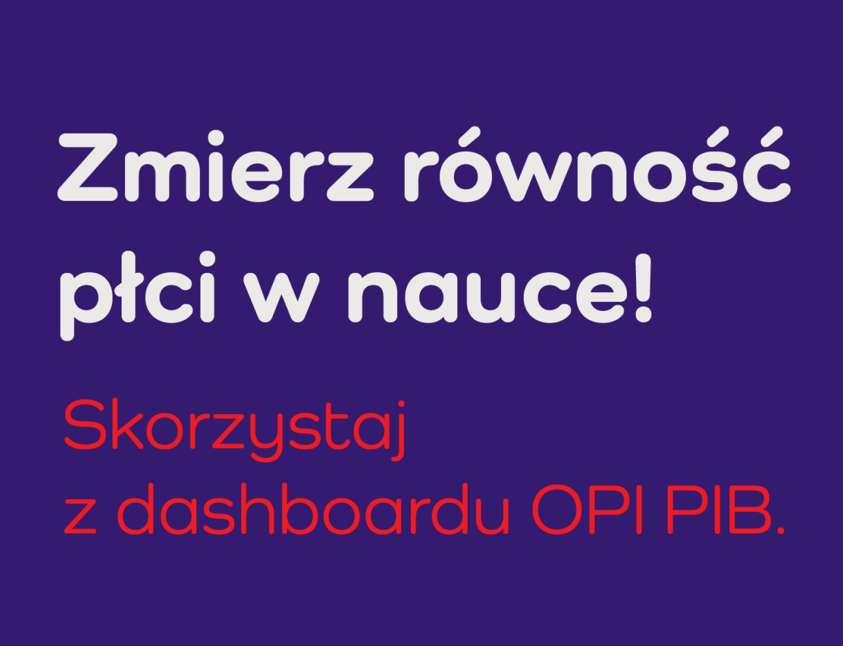Europe and gender equality in science – declarations vs. reality

03 11 2025
The National Information Processing Institute (OPI PIB) emphasizes the need for genuine commitment to gender equality in science.
Although this topic has been a priority in European Union policy for years, in practice, many initiatives remain at the declarative level. Member states adopt gender equality strategies and plans, but they often lack specific goals, indicators, and effective mechanisms for implementation and monitoring progress.
OPI PIB data shows that women are still underrepresented in senior scientific positions, especially in STEM and ICT fields. In the European Union, only one in five computer science students is a woman, and academic promotion processes often perpetuate existing inequalities. To better analyze these phenomena, OPI PIB has developed a dedicated dashboard – a tool for monitoring gender equality in science, allowing for comparisons between countries and monitoring changes over time.
The dashboard developed by OPI PIB allows for comparisons of the situation of women and men in science in over 20 European countries, including Poland. Users can analyze the participation of women at various stages of academic careers – from doctoral to professorship – and examine the employment structure in specific fields of science. The tool also allows for the comparison of data between country groups, such as “old” and “new” EU Member States, candidate countries, and partner countries.
The dashboard is available at: https://genderaction-data-dashboard.opi.org.pl
As the Institute emphasizes, achieving real equality requires not only political declarations but also consistent, measurable actions supporting women in scientific careers. Gender equality in science is not only a matter of fairness but also a prerequisite for fully utilizing Europe’s research and innovation potential.
